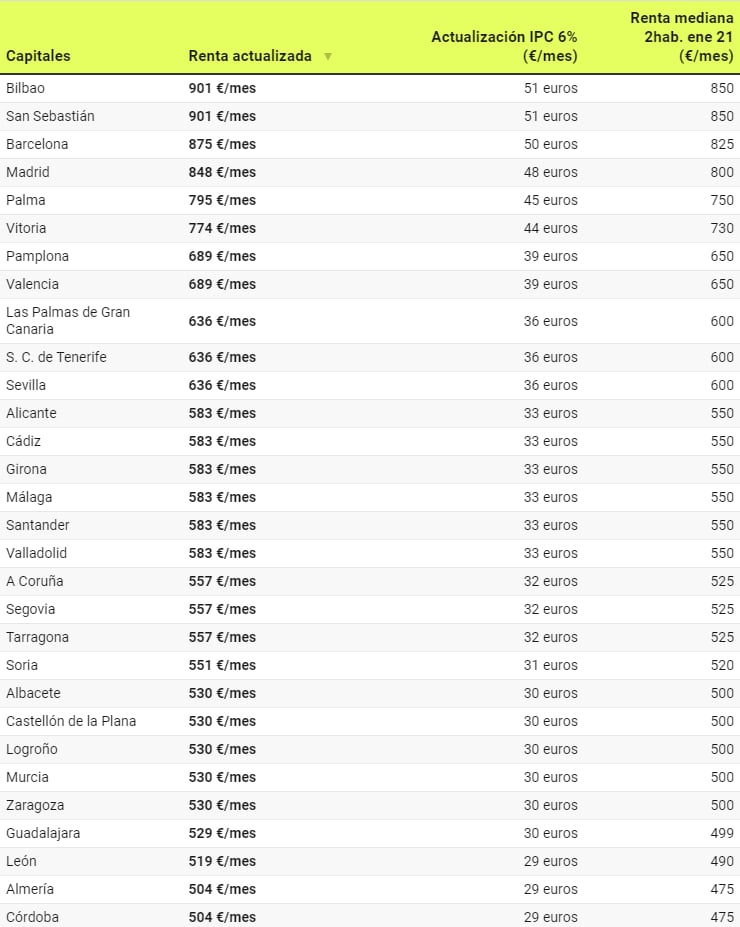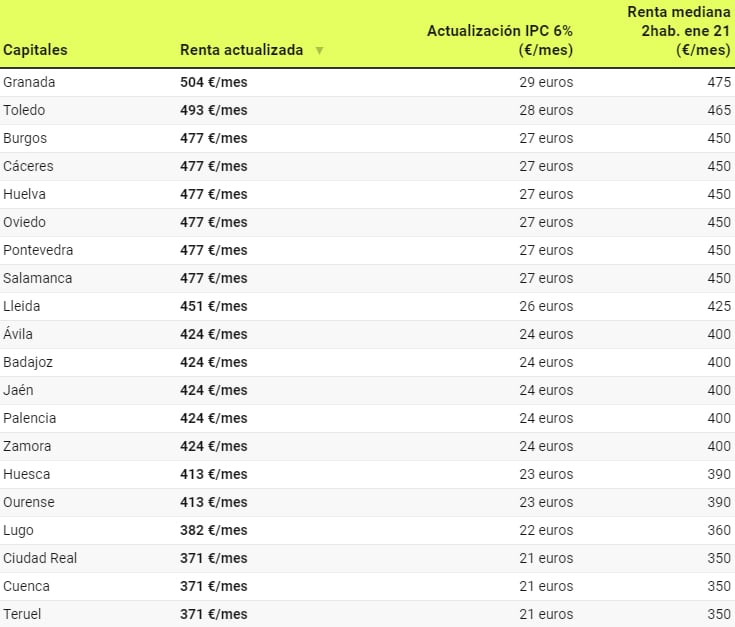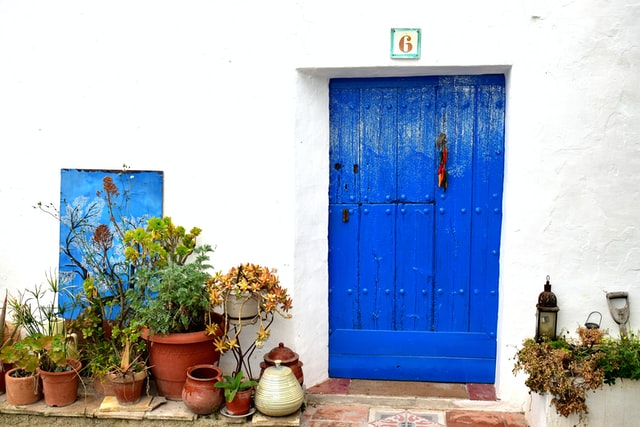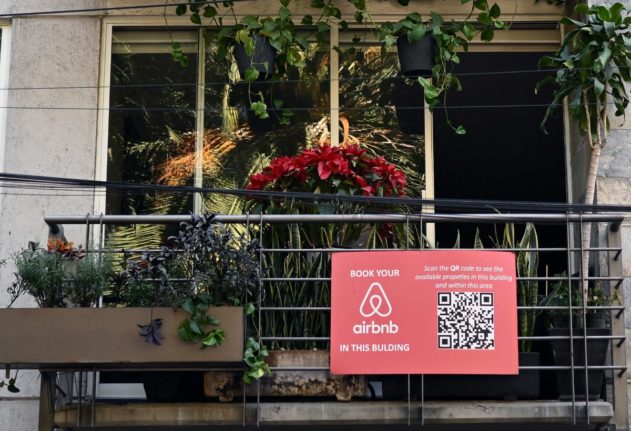Renting a two-bedroom apartment in Spain cost on average €690 a month in early 2022.
For those whose rental contracts are linked to Spain’s Consumer Price Index, the average rent for a normal Spanish home was €731 a month in April 2022, €41 more, as landlords can often increase rents in accordance with rising inflation.
READ ALSO: Can my landlord in Spain really put up my rent due to rising inflation?
There are however huge differences in rental rates between Spain’s 50 provincial capitals, which can add up to thousands of euros a year.
Spain’s leading property search portal Idealista has compiled data from Spain’s National Statistics Institute to show where tenants can expect to pay most or least for a two-bedroom home.
The most expensive cities to rent in Spain are San Sebastián and Bilbao in the industrial Basque Country of northern Spain, where average rents are currently €901 a month.
In third and fourth position are Barcelona and Madrid with €875 and €848 a month respectively.
Then Palma, the capital of the popular holiday island of Mallorca (€795 a month), the Basque capital of Vitoria (€774/month), Pamplona in Navarre (€689/month) and the eastern coastal city of Valencia (€689/month).
Rents in cities popular with tourists such as Las Palmas de Gran Canaria, Alicante, Málaga and Cádiz have average rents for a two-bedroom home of between €640 to €580 a month.
On the complete opposite side of the spectrum, there are very reasonable rents to be found in the provincial capitals of Spain’s interior, such as Teruel, Cuenca, Ciudad Real, Zamora, or Palencia, or in the green Galician cities of Ourense or Lugo in the northwest corner of Spain.
In such cities, you can expect to pay from €425 to as little as €371 a month in rent, less than half the rate of big cities such as Madrid, Barcelona or Bilbao.
The cheapest coastal cities to rent a home in Spain are Almería and Huelva at an average €504 and €477 a month respectively.
Below is Idealista’s breakdown of rent prices in Spain’s provincial capitals, showing the updated average rent in April 2022, the increase caused by the CPI rise and the average cost for renting a two-bedroom home in January 2022.


.



 Please whitelist us to continue reading.
Please whitelist us to continue reading.
Member comments